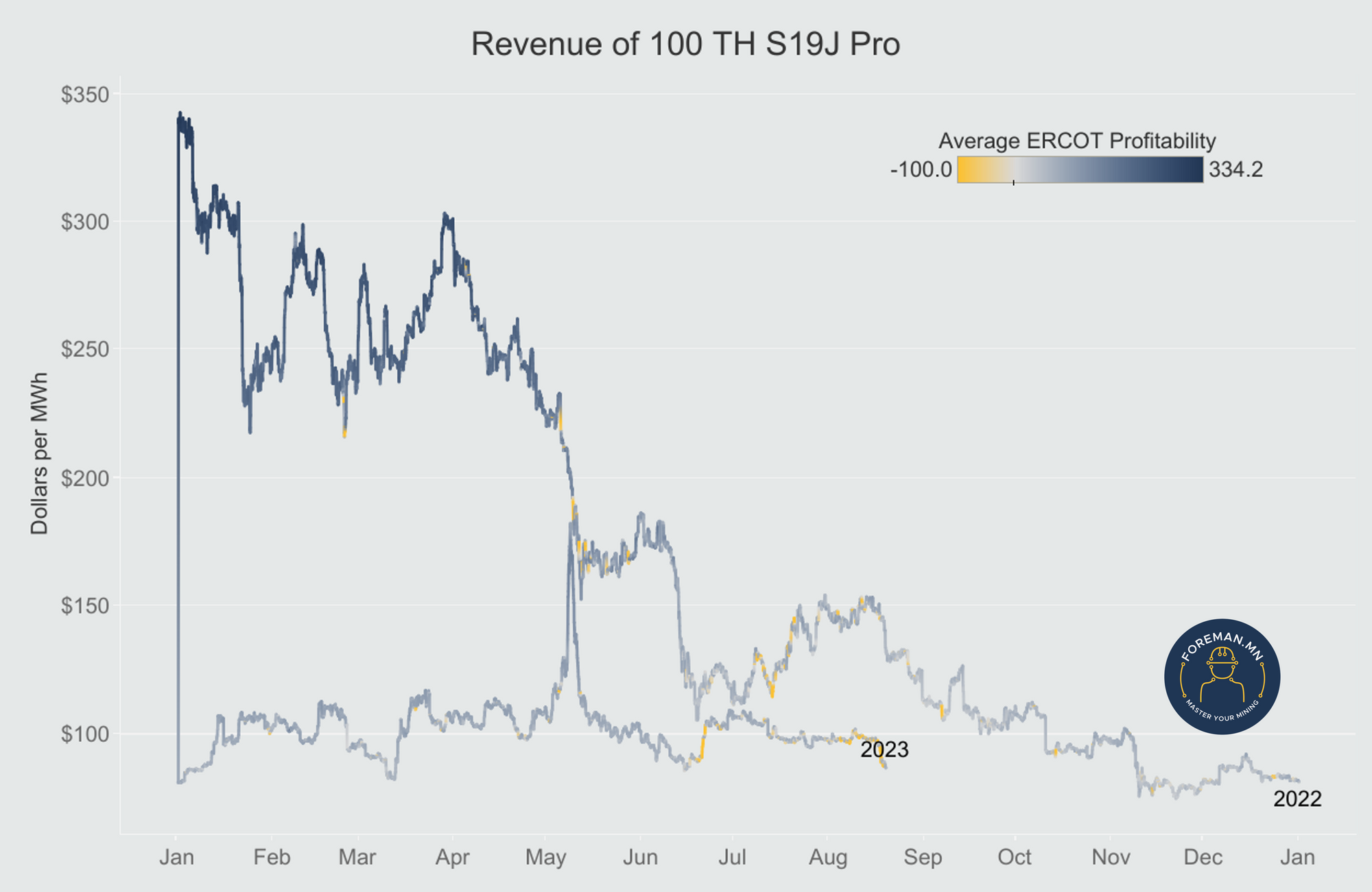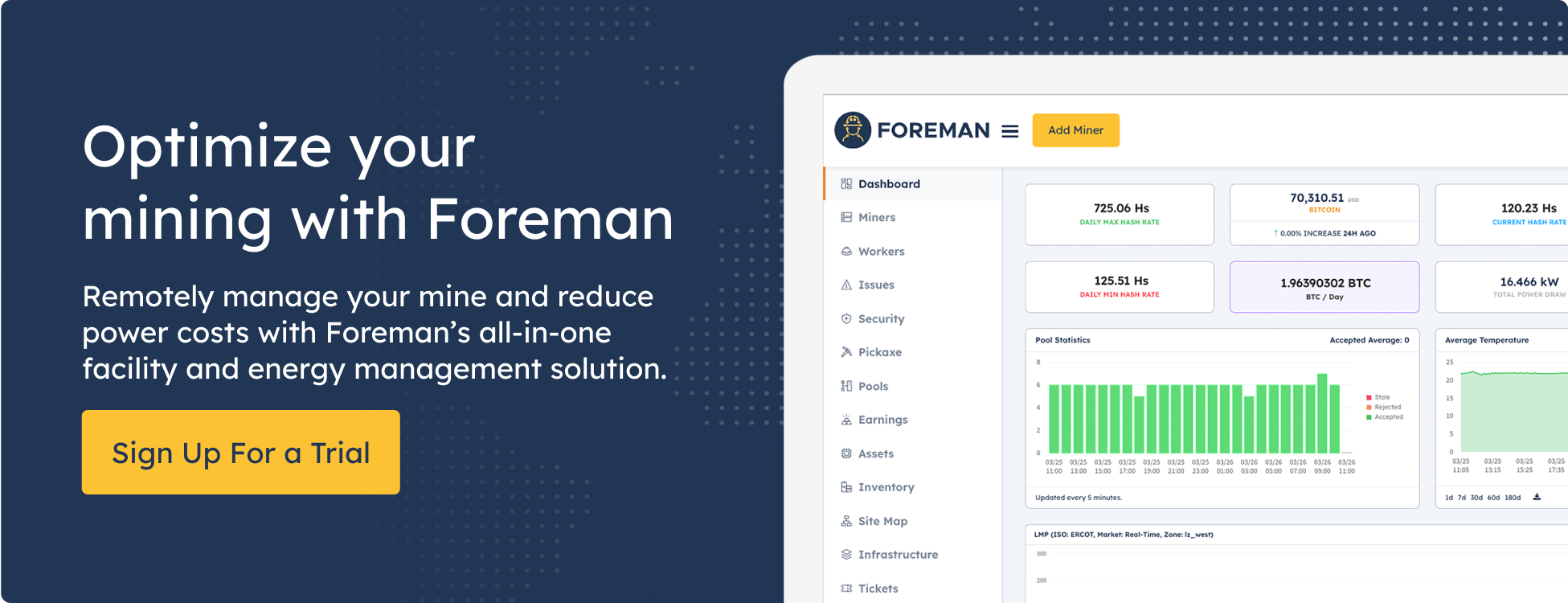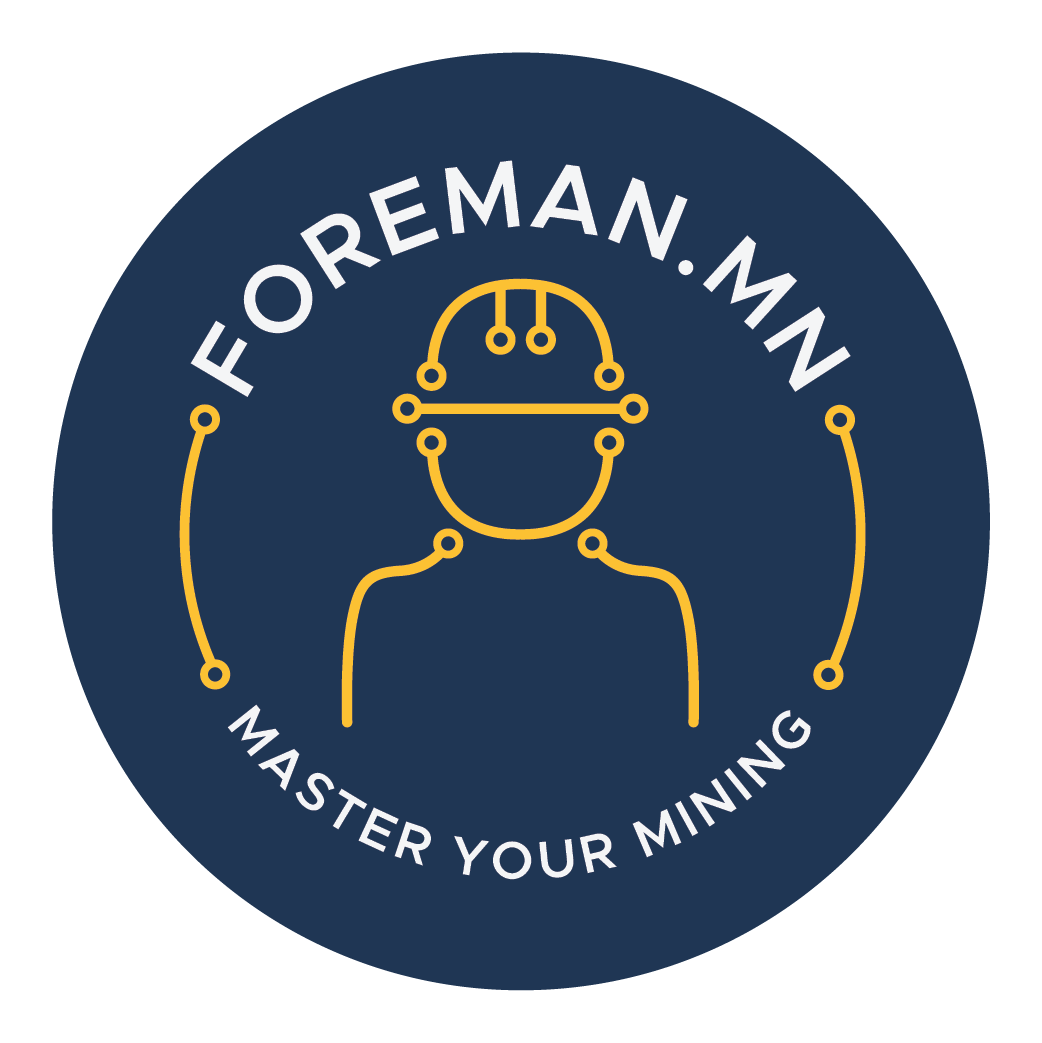As the landscape of the Bitcoin industry evolves, miners are embracing a transformative shift that could reshape their role in the technology ecosystem. The traditional scope of Bitcoin miners is being broadened to include the colocation of high-performance computing (HPC) applications, particularly in artificial intelligence (AI).
This pivot is primarily driven by miners' recognition of the versatility of their facilities and the potential to tap into new revenue streams in a rapidly changing market. The transition holds particular significance in the wake of the move of Ethereum’s Proof of Work (PoW) to Proof of Stake (PoS), which has resulted in a surplus of Graphics Processing Units (GPU) that can be harnessed for High-Performance Computing (HPC) AI applications, showcasing the industry's proactive approach to maximizing resource utilization and stability. As miners repurpose their powerful GPUs for AI tasks, an emerging challenge lies in efficient compute load scheduling to optimize Bitcoin mining and AI operations.
How HPC AI Compute Works
As miners strategically purchase or repurpose their Graphics Processing Units (GPUs) for AI tasks, the challenge of efficient computational load scheduling takes center stage in the world of High-Performance Computing (HPC) environments integrating Artificial Intelligence. This task involves optimizing resource utilization, minimizing execution time, and system compute load. Effective scheduling ensures the HPC cluster's computational resources are utilized efficiently.
HPC AI compute load scheduling begins with a thorough workload analysis, where AI tasks' computational requirements, data dependencies, and priorities are examined to allocate appropriate resources. Various scheduling policies are then employed to manage resource allocation. These policies include First-Come, First-Served (FCFS), Fair-Share Scheduling, Priority Scheduling, and Backfilling. These policies were designed to optimize task execution order and resource assignment.
Parallelism and compute resource balancing techniques are pivotal in distributing tasks across available resources. Since many AI workloads can be executed in parallel, these methods ensure even resource utilization, avoiding situations where some resources are idle while others are overloaded. The scheduler considers resource availability, including CPU, GPU, memory, and network bandwidth, and constraints like software compatibility and user access policies. The dynamic nature of HPC AI environments necessitates adaptability, with schedulers adjusting to changing conditions such as newly available resources or increased compute demand.
AI-enhanced scheduling might involve prioritizing tasks that require more resources or are highly important, ensuring critical operations are executed promptly. The goal is to maximize resource usage, reduce execution time, and facilitate efficient AI model development and deployment.
Colocating HPC AI and Bitcoin Machines
Bitcoin miners, colocated with powerful GPUs (Graphics Processing Units), are capitalizing on the adaptability of their technology. By repurposing GPU hardware for AI tasks, such as complex scientific simulations, rendering, and machine learning, miners are venturing beyond the confines of Bitcoin mining in a single facility. This approach aligns seamlessly with the overarching trend of leveraging high-performance computing resources for AI applications, reflecting a broader synergy between these two domains.

The bitcoin mining company Applied Digital showcases one compelling example of this trend. The company has recently sealed a substantial AI hosting deal. Under this agreement, Applied Digital will use its powered data center capabilities to host AI applications. This confluence of cryptocurrency mining and AI technologies introduces new revenue avenues and optimizes resource utilization in an ever-evolving technological landscape while employing diversification of revenue streams.
The shift also reflects the agility and adaptability of miners as they navigate changing market dynamics. As the boundaries between Bitcoin mining and cutting-edge technologies blur, miners are positioning themselves at the forefront of innovation, propelling the industry into uncharted territories that promise financial diversification and technological advancement.
Diversification in a Volatile Industry
Integrating HPC for AI applications represents a transformative strategy for Bitcoin miners to bring newfound stability to an industry notorious for its volatility. With substantial power resources, miners leverage their significant computational capabilities to engage in sophisticated AI endeavors. This shift allows them to diversify their operations and serves as a strategic hedge against the unpredictable nature of Bitcoin mining.
Amidst Bitcoin's current bear market, major mining facilities can strategically leverage the rising demand for high-performance computing (HPC) AI. This diversification helps stabilize revenues while Bitcoin mining regains profitability. The approach gains significance ahead of the 2024 halving, as miners seek to gauge the uncertain ROI before investing in new machines, given the impending reduction in revenue due to halving effects.

AI's trajectory from a once-dismissed buzzword to an integral part of our technological fabric has been remarkable. What once seemed like a distant promise is now a tangible reality, with AI firmly establishing its presence across various industries. Companies recognize its potential and harness its capabilities for seamless integration, propelling AI into the mainstream. From self-driving cars to personalized content recommendations, AI has embedded itself into our daily lives, enhancing convenience and efficiency. As AI continues to weave into the fabric of our existence, it's evident that its impact is not just a passing trend but a transformative force that's here to stay.
As Bitcoin miners venture beyond their traditional role into AI HPC, they are not only adapting to the evolving landscape but also laying the groundwork for a more diversified future. Repurposing powerful GPUs for AI tasks showcases the industry's resilience and ability to harness its technological prowess to explore new avenues. This strategic shift could stabilize a volatile sector and position miners at the forefront of cutting-edge technological developments. With the fusion of Bitcoin mining and AI, miners are embracing a multifaceted approach that could shape the future of technology, innovation, and economic sustainability.


